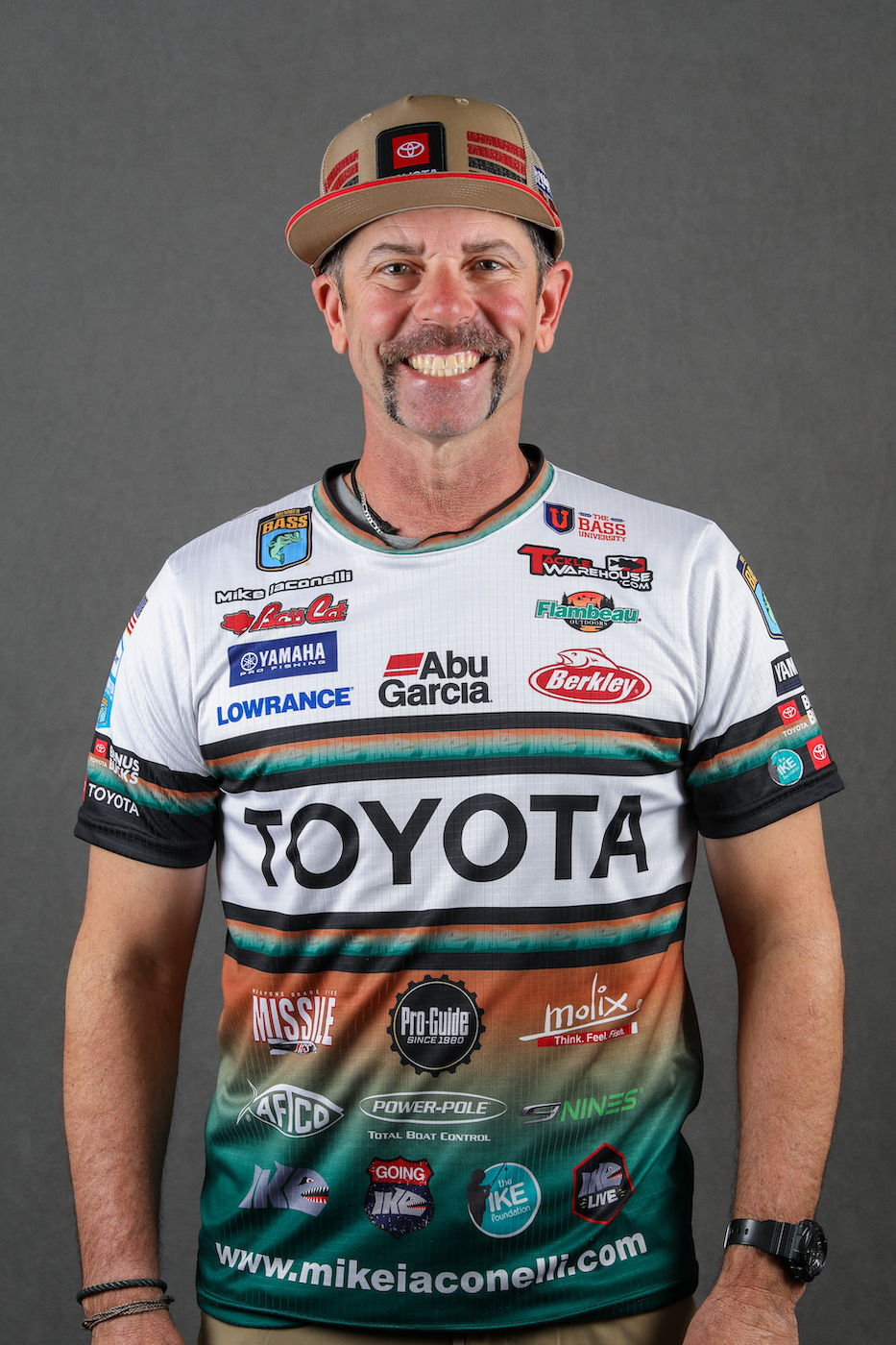
Ever since I can remember, the hardest fish to catch were the ones that suspended in clear water. I would literally run from those fish. Now we’re starting to understand suspended fish more because of forward-facing sonar and new techniques.
I had a really good day catching suspended fish recenly on a reservoir in central New Jersey. I was using a technique I call midlevel strolling. I learned about it from a few tight-lipped pros who did well with it at the Bassmaster Elite Series tournament on Lake Champlain last August.
Midlevel strolling is most effective in the heat of the summer and right now in late fall and early winter. More fish suspend during these periods than at any other time.
As the water cools off in late fall, it also gets clearer due to a lack of rain, and in some cases, a winter drawdown. That’s going on right now in different parts of the country — from the Ozarks to the Tennessee River to the Carolinas and even up here in the Northeast.
I rely on two killer baits for midlevel strolling. Catching suspended bass with them couldn’t be easier.
A lot of guys use a 3- to 5-inch minnow or fluke-shaped bait for this. There are tons of good baits out there. The one I really love is Berkley’s 4-inch Powerbait Maxscent Flatnose Minnow. Its forked tail is vertically inline with its body, which is anatomically correct. The belly-chin area is flat. That helps with the action.
I usually rig the Flatnose Minnow on a 3/16- or 1/4-ounce ball head jig. When I fished this bait recently in New Jersey, I wouldn’t cast until I could see the bass or a pod of baitfish with Lowrance Active Target forward-facing sonar.
I would turn my trolling motor left and right so the transducer could scan all around me like a flashlight. The fish were suspended 8 to 10 feet deep over 18 to 24 feet of water. All the bait was in that zone and so were the bass, crappie, bluegill and perch. They were not related to any cover or structure.
Whenever I saw bass or baitfish on my Lowrance, I’d cast beyond them and watch the Flatnose Minnow sink to the level of the fish. Then I’d start reeling at a medium to medium-slow speed, which makes the bait swim with a subtle side-to-side roll. I would also gently shake the rod throughout the retrieve. Every shake made the minnow’s head barely pop up.
The bass were eating it like candy. This technique works on largemouth, smallmouth, spots and crappie. They’ll bite eight times out of every 10 casts.
My other midlevel strolling bait is Berkley’s Powerbait Power Switch minnow. It’s designed specifically to be used with forward-facing sonar. The lead head is molded into the bait, but farther back in the body than other lures that are similar to it. It also doesn’t have the lively action tail that comes on most other baits in this category.
The Power Switch comes in 1/16-ounce to over an ounce. I love the 1/4-ounce size for midlevel strolling. I fish it exactly the same way as with the Flatnose Minnow, but I don’t shake the rod. The Power Switch wanders left and right all by itself. The little tail has a muted pulse to it.
A long spinning rod is ideal for midlevel strolling because you have to make long casts and take up a lot of line when you set the hook. Abu Garcia’s medium action 7-foot, 6-inch, Veritas rod is perfect. I match it with a size 3000 or 4000 reel filled with 10 pound Berkley X5 Braid with a 4 foot Berkley 100% Fluorocarbon Leader in 8-pound test.
I don’t have to run from suspended fish anymore. Now I can catch them. You can learn more about how I catch bass with midlevel strolling and other techniques at www.mikeiaconelli.com or www.youtube.com/c/goingike.





